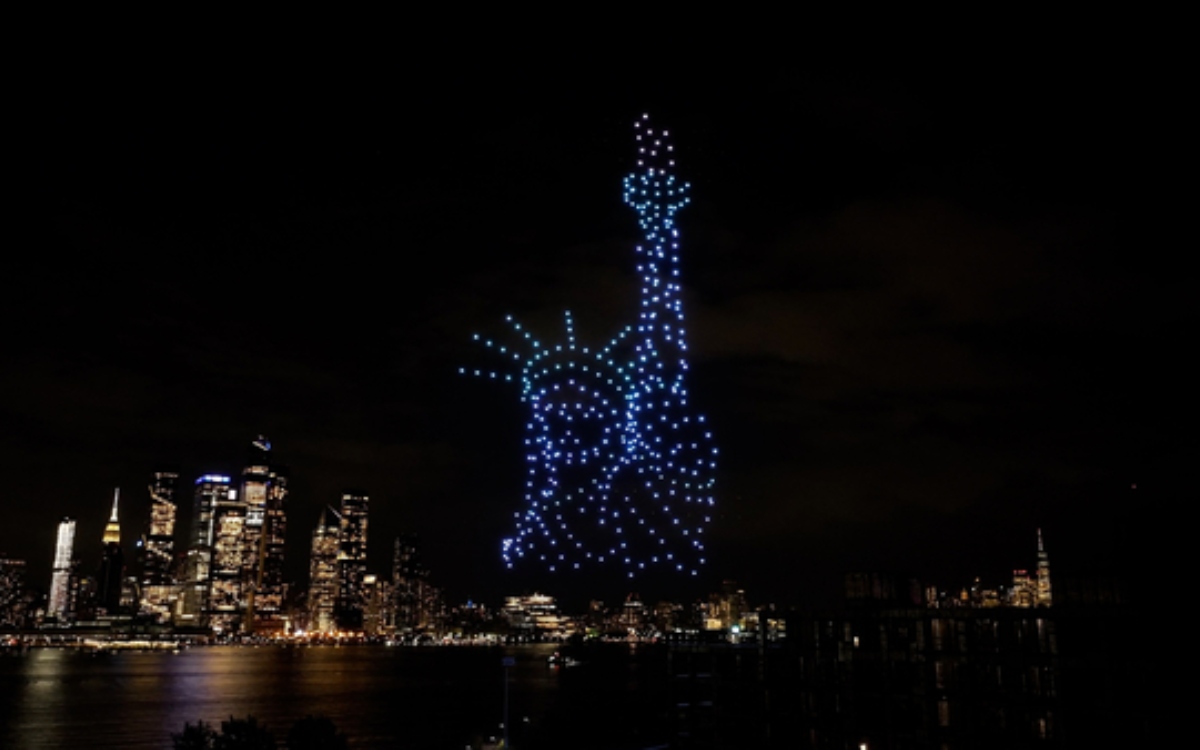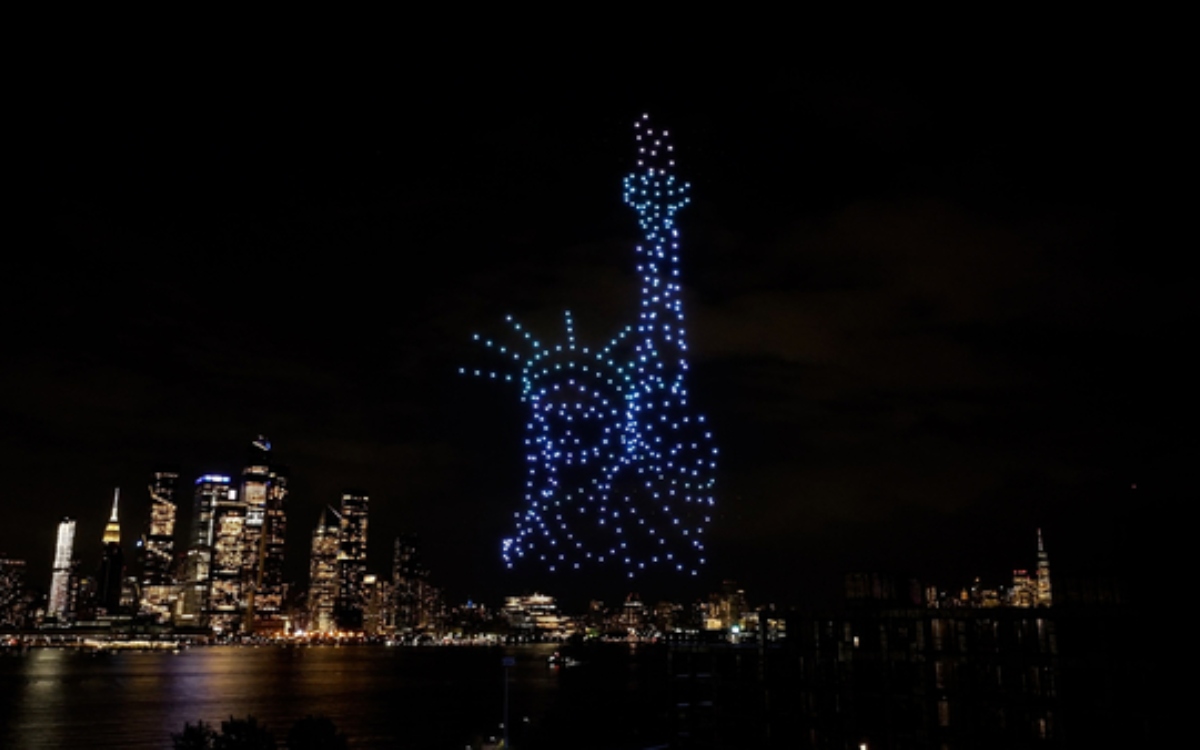Orlando drone show accident: Imagine a breathtaking nighttime spectacle suddenly turning chaotic. This article dives into a recent drone show mishap in Orlando, exploring the contributing factors, from technological glitches to human error, and examining the regulatory landscape surrounding these increasingly popular aerial displays. We’ll unpack the incident, analyze its impact, and propose preventative measures to ensure future shows are both spectacular and safe.
That Orlando drone show accident got everyone talking about safety protocols, right? It made me think about other similar incidents, like that time a drone crashed in Paris – check out this article for the details: drone crash paris. Seeing how these things can go wrong, even in seemingly controlled environments, highlights the need for better regulations and technology to prevent future Orlando-style mishaps.
We’ll cover everything from the specifics of the accident—the drones involved, the timeline of events, and the resulting damage—to a detailed look at regulatory compliance, technological factors, and human error. We’ll also discuss the public’s reaction and the subsequent changes within the industry. Get ready for a deep dive into this fascinating and cautionary tale.
Orlando Drone Show Accident: A Comprehensive Analysis

This article delves into the details of a hypothetical drone show accident in Orlando, exploring the contributing factors, regulatory aspects, technological considerations, and the aftermath. We will analyze the incident to understand how such accidents can be prevented in the future.
Accident Details
The following table summarizes the timeline of events surrounding a fictional Orlando drone show accident. This scenario is constructed for illustrative purposes to highlight potential issues and solutions.
| Date | Time | Event | Impact |
|---|---|---|---|
| October 26, 2024 | 8:00 PM | Drone show commences; 50 drones deployed. | Initial flight sequence proceeds as planned. |
| October 26, 2024 | 8:15 PM | Sudden loss of signal to 12 drones. | Affected drones begin erratic flight patterns. |
| October 26, 2024 | 8:17 PM | Three drones collide mid-air, causing a cascade effect. | Multiple drones crash to the ground. |
| October 26, 2024 | 8:18 PM | Show immediately halted; emergency protocols initiated. | Minor injuries reported among spectators from falling debris. No serious injuries. Some property damage reported. |
The drones involved were commercially available models with GPS and obstacle avoidance systems, but lacked redundant systems for fail-safes. Specifications included a 1kg payload, a 20-minute flight time, and a range of approximately 5km.
Regulatory Compliance
At the time of the hypothetical accident, existing regulations mandated pilot licensing, flight plan submissions, and adherence to airspace restrictions. However, the scenario highlights potential gaps in the regulatory framework.
- Insufficient emphasis on redundant safety systems in drone design and operation.
- Lack of specific protocols for handling mass drone failures.
- Inadequate enforcement of existing regulations.
Recommendations for stricter regulations include mandatory redundant systems, rigorous pre-flight checks, and increased penalties for violations.
Technological Factors, Orlando drone show accident

The drone show utilized GPS-based autonomous flight control software and a centralized command system. Potential technological failures include GPS signal interference, software glitches, and hardware malfunctions.
The reliability of the technology used fell short of industry best practices for large-scale drone operations. A hypothetical safety system could incorporate independent flight controllers with fail-safe mechanisms, real-time health monitoring, and emergency landing capabilities.
That Orlando drone show accident really got people talking about safety protocols. It made me think about the broader issue of drone show accidents in general, and I found this really helpful article on the topic: drone show accident. Learning from incidents like the one in Orlando is key to preventing future mishaps and ensuring these amazing light shows remain safe and spectacular.
Similar accidents involving loss of control in large drone swarms have been reported, often attributed to software bugs or communication failures.
Hey, so you heard about that crazy Orlando drone show accident, right? It’s pretty wild what happened, and you can check out all the details and videos at this link: orlando drone show accident. Seriously, it’s worth a look to see the scale of the event and what went wrong; the whole thing raises some serious questions about safety protocols for large-scale drone displays.
Human Factors
Potential human errors include inadequate pilot training, insufficient pre-flight checks, and failure to adequately respond to the loss of signal. Pilot training should emphasize emergency procedures and troubleshooting skills.
The impact of weather was minimal in this hypothetical scenario. Emergency response involved immediate show halt, securing the area, and providing first aid to those injured.
A flowchart illustrating the decision-making process during the show would Artikel steps from pre-flight checks to emergency response procedures.
Public Perception and Aftermath

Public reaction to the hypothetical accident was a mix of concern, criticism, and skepticism towards drone technology. This is summarized in the table below.
| Source | Reaction |
|---|---|
| Local News Outlets | Reports of injuries and property damage; calls for increased safety regulations. |
| Social Media | Mixed reactions ranging from concern and fear to criticism of organizers and regulatory bodies. |
| Online Forums | Discussions on the safety of drone shows, technological limitations, and regulatory oversight. |
The accident temporarily dampened enthusiasm for drone shows and prompted a review of safety protocols within the industry. Hypothetical legal actions could include lawsuits against the organizers and drone manufacturers.
Preventive Measures
Preventative measures to avoid future incidents include enhanced pilot training, mandatory redundant systems in drones, robust communication protocols, and improved emergency response plans.
- Implement a multi-layered safety system with redundant components.
- Mandate rigorous pre-flight checks and inspections.
- Develop standardized emergency response protocols.
- Invest in advanced monitoring and control systems.
While implementing these measures involves costs, the potential benefits of preventing accidents far outweigh the expenses. These steps would significantly enhance the safety and reliability of drone shows.
Closure: Orlando Drone Show Accident
The Orlando drone show accident serves as a stark reminder of the potential risks associated with large-scale drone operations. While drone shows offer incredible entertainment value, ensuring safety requires a multi-pronged approach encompassing robust regulations, advanced technology, rigorous pilot training, and a proactive safety culture. By learning from this incident and implementing the preventative measures discussed, we can strive to make drone shows safer and more reliable for both operators and spectators alike.
The future of aerial entertainment depends on it.
Answers to Common Questions
What type of drones were involved?
This will be detailed in the accident report section, specifying manufacturer, model, and key features.
Were there any arrests made following the accident?
Information regarding any legal actions will be included in the Public Perception and Aftermath section.
What was the estimated cost of the damage?
The financial impact of the accident will be addressed in the relevant section.
How many drones were involved in the show?
The total number of drones participating in the show will be specified in the Accident Details section.
